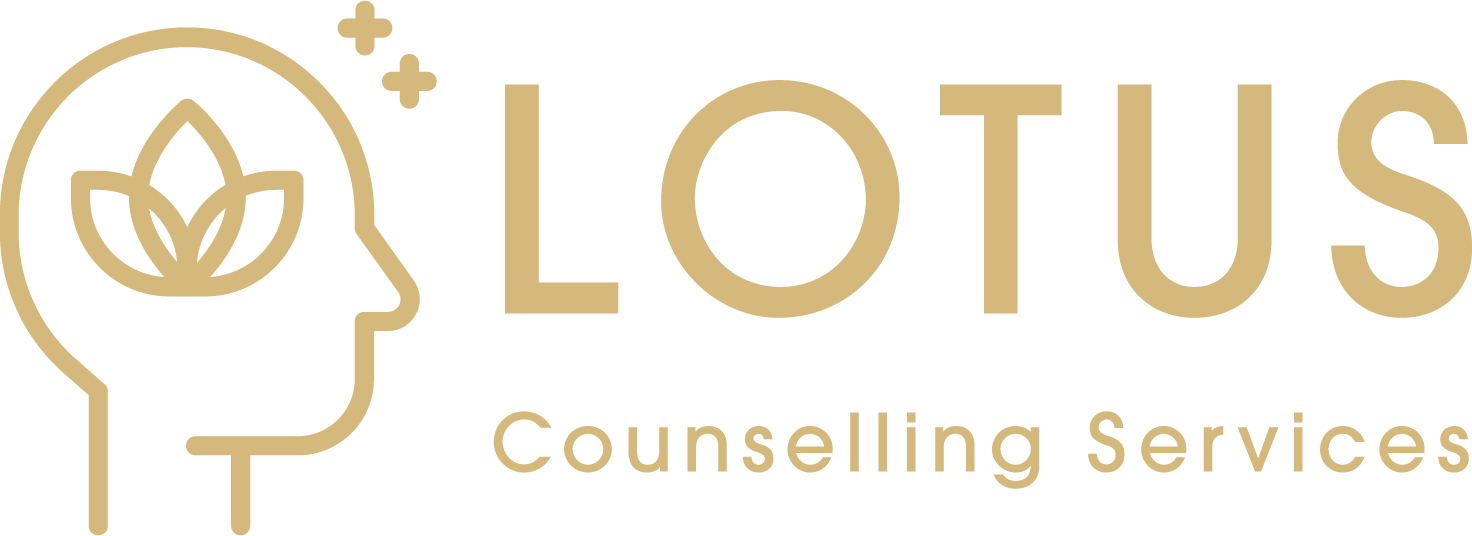What is Emotion Focused Therapy? - Stages & Steps
In the world of psychotherapy, various approaches have emerged over the years, each designed to address specific psychological and emotional challenges.
One such approach is Emotion Focused Therapy (EFT), a widely recognized and effective method for healing and strengthening relationships by focusing on emotions and attachment patterns.
In this article, we will dig deep about the stages and steps of EFT, and also find out how Lotus Counselling incorporates this approach to provide evidenced based therapy.
What is Emotion Focused Therapy (EFT)?
Emotion Focused Therapy, developed by Dr. Sue Johnson in the 1980s, is grounded in the principles of attachment theory. It operates under the assumption that emotional connections and secure bonds with others are fundamental to human well-being.
EFT is particularly effective in treating couples experiencing relationship distress, but it has also been adapted for use with individuals and families.
EFT revolves around the idea that emotions are central to human experiences and that our emotional responses are often linked to our attachment needs and insecurities.
The goal of EFT is to help individuals and couples identify and understand their emotional patterns and work towards creating secure, trusting, and fulfilling relationships.
Related Articles:
What to expect in First Therapy Session with Lotus Counselling in Ontario, Canada
10 Easy Ways to Manage Your Anger
Advice for Parents to Help a Teen with Depression
Stages of Emotional Focused Therapy
EFT is typically conducted in three distinct stages, each focusing on specific therapeutic goals and processes:
1. De-Escalation Phase:
In this initial stage, the therapist helps couples identify and reduce the negative interactional patterns that have led to emotional disconnection and distress. Couples are guided to explore their underlying emotions and attachment needs that drive these patterns.
The therapist assists in reframing these patterns within the context of attachment, promoting empathy and understanding.
2. Restructuring Phase:
Once the negative patterns have been acknowledged and understood, the therapy shifts to restructuring the emotional bond between the individuals. Couples are encouraged to openly express their vulnerable emotions and needs to each other.
This phase aims to promote emotional accessibility and responsiveness, fostering a sense of security and connection.
3. Consolidation Phase:
The final stage focuses on integrating the newly acquired emotional skills and patterns into the relationship's everyday life. The therapist and the couple work together to solidify the emotional connections, ensuring that both partners feel secure and supported in the relationship.
This phase also emphasizes the importance of ongoing communication and maintaining the positive changes achieved during therapy.
Steps of Emotional Focused Therapy
Within these three overarching stages, EFT follows a series of specific steps to facilitate emotional healing and relationship growth:
Step 1: Assessment and Cycle Identification
The therapist helps couples identify their negative interactional patterns and emotional cycles. This involves exploring the triggers, emotions, and responses that contribute to their distress.
Step 2: Accessing Emotions
Clients are guided to identify and express their deeper emotions that underlie the surface conflicts. This step aims to uncover vulnerable feelings that may have been masked by defensive behaviors.
Step 3: Restructuring Interactions
With the therapist's guidance, couples begin to reshape their interactions by sharing their emotional experiences, needs, and fears. This promotes empathy and understanding, fostering a secure emotional bond.
Step 4: Creating New Patterns
Couples work together to develop new, healthier interactional patterns that are based on emotional openness and responsiveness. This step reinforces the sense of safety and trust in the relationship.
Step 5: Consolidation and Maintenance
The final step involves practicing and integrating the newly learned emotional skills into daily life. The couple and therapist collaborate to solidify the positive changes and create a roadmap for sustaining the progress achieved during therapy.
Lotus Counselling and Emotional Focused Therapy
Lotus Counselling in Ontario is a leading provider of holistic and compassionate psychotherapy services in Ontario, dedicated to supporting individuals, couples, and families on their journey to emotional well-being and thriving relationships.
At Lotus Counselling, we firmly believe in the transformative power of Emotionally Focused Therapy and its ability to bring about lasting positive changes.
We understand that every individual and relationship is different, and our therapists work collaboratively to create a safe and supportive environment for exploring emotions and attachment needs.
What can you achieve with Lotus Counselling Services?
Deepen Emotional Connections
EFT helps clients reconnect with their emotions and express their needs in ways that foster understanding and closeness.
Improve Communication
By addressing negative interactional patterns, clients learn to communicate more effectively, promoting empathy and active listening.
Build Trust and Security
EFT supports the creation of secure attachment bonds, allowing clients to feel safe and valued within their relationships.
Navigate Conflict
Clients acquire tools to navigate conflicts in healthier ways, promoting resolution and mutual growth.
Sustain Positive Changes
With the therapist's guidance, clients learn how to maintain the positive changes achieved during therapy in their everyday lives.
Emotionally Focused Therapy is a powerful approach that emphasizes the significance of emotions and attachment in fostering healthy relationships. Through these steps, EFT offers a structured path to healing and growth, enabling individuals and couples to overcome distress and build secure emotional connections.


